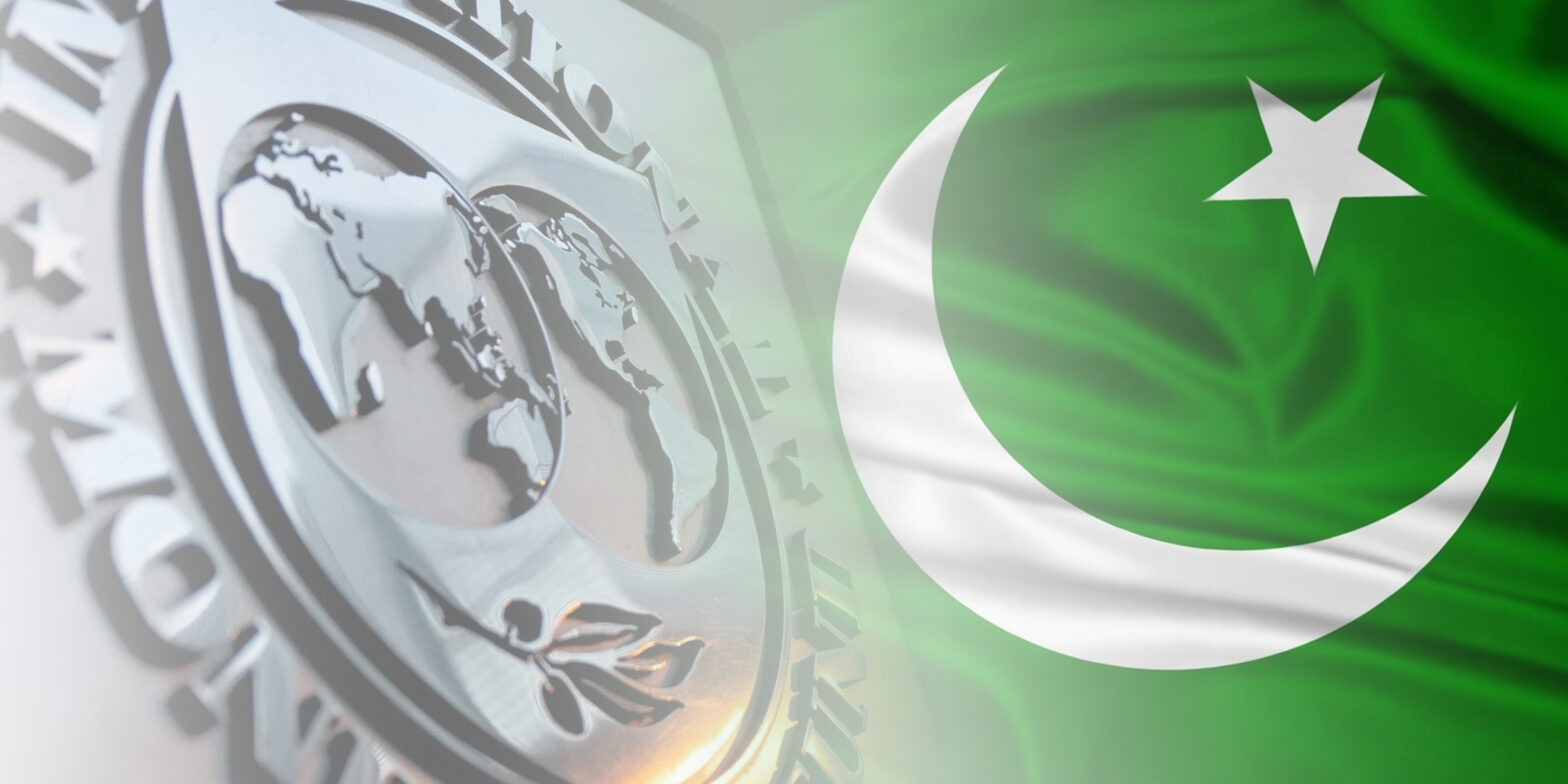Back in 2019, the International Monetary Fund (IMF) and Pakistan reached an agreement to provide financial assistance to help the country address its economic challenges. So far the country has received $4.0 billion out of the total amount of $6.5 billion. For the next tranche of around $1.0 billion, the country has to meet various conditions causing the delay in staff level agreement. As a result, investor sentiment has been negatively impacted, and the market has remained range bound. However, all is not dark! There are ways to navigate these economic uncertainties, and you can do so with KTrade. In this blog post, we’ll take a closer look at the IMF and Pakistan agreement, the reasons behind the delays, and the potential impact on investors and the market.
Talks at an Impasse
Firstly, the IMF deal will provide much-needed financial assistance to Pakistan, which has been struggling with a mounting debt crisis. The country’s external debt currently stands at around $105 billion, with the government struggling to meet its repayment obligations. The IMF has agreed to provide a loan of $6 billion to Pakistan over the next three years, which will help to alleviate some of the pressure on the country’s finances. However, as of March 2023, the talks between the government and the IMF appear to be at an impasse amidst an expanding list of conditions, including lending guarantees from friendly countries. Mixed signals from government officials, including planned petroleum and flour subsidies, have fueled speculations of further delays in the program’s revival. Despite this, through the materialization of additional bilateral, multilateral, and IMF’s funding, the government is targeting a reserve balance of around USD 8-9bn by June 30th, 2023. (For those looking for regular updates on Pakistan’s economic climate, follow our LinkedIn and Facebook).
Anticipating Positive Changes to Pakistan’s Macroeconomic Environment
Secondly, the IMF deal is likely to have a positive impact on Pakistan’s macroeconomic environment. The IMF’s lending program is conditional on Pakistan undertaking a series of economic reforms, including measures to reduce the budget deficit, broaden the tax base, and increase the efficiency of public spending. These reforms will help to address some of the structural issues that have been weighing on Pakistan’s economy, and should lead to improved macroeconomic stability. However, as of March 2023, both interest rates and inflation have surged to unprecedented heights of 20% and around 35%, respectively. Additionally, the Pakistani Rupee has experienced a substantial depreciation, hitting a historic low of PkR 284/USD. To learn more about the market’s performance in March 2023, watch our video here.
Potential Boost In Investor Confidence
Thirdly, the IMF deal will provide a much-needed confidence boost for investors. Over the past few years, Pakistan as a nation has experienced significant political and economic uncertainty. Frequent changes in government and a volatile security situation have led to a cautious approach among investors, who have been hesitant to commit capital to the country. Recent weeks, however, saw SBP’s foreign currency reserves balance rise by nearly 60% to USD 4.6bn because of foreign loan refinancing and the aforementioned restrictions on imports. Given the recent increase in reserves, the government has assured industrialists of easing restrictions, with the SBP even withdrawing the 100% cash margin requirement on imports. This could lead to a potential backlog of $4 billion in processed imports, providing a much-needed boost to industries affected by the import restrictions.
Impact on Pakistan’s Economy
Fourthly, the IMF program includes measures to address issues, such as investments in infrastructure projects and reforms to improve the efficiency of the energy sector. However, the import restrictions have taken a toll on some industries, such as automobiles, steel, and textiles, which have seen a significant impact. Despite these challenges, the IMF deal should help to create new opportunities for investment and growth in Pakistan.
Finally, the IMF deal could lead to a significant reduction in Pakistan’s borrowing costs. High external debt and financing needs have led to steep borrowing costs in recent years, with government bond yields reaching double digits. The IMF deal could improve Pakistan’s creditworthiness and signal to international investors that Pakistan is a safe bet. This could lead to a reduction in borrowing costs and help Pakistan attract more investment in the long run.
In conclusion, the IMF deal is a positive development for Pakistan’s economy and should provide a much-needed boost to investor confidence. We hope that this deal will create new opportunities for investment and growth, and help to address some of the structural issues that have been holding back Pakistan’s economy. We remain optimistic about the future of Pakistan and look forward to working with our clients to capitalize on the opportunities that lie ahead. To learn more about how you can join us, you can contact us on WhatsApp.


